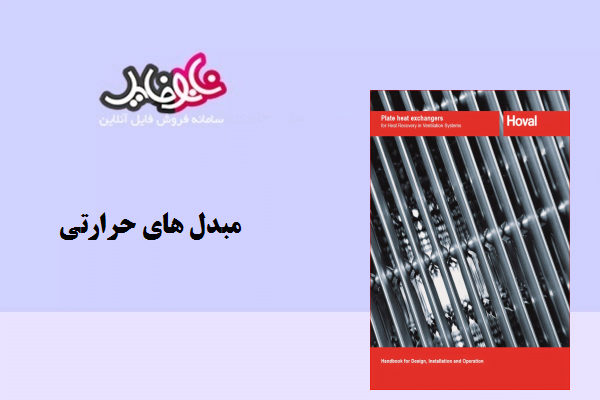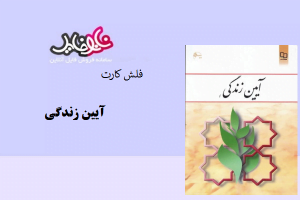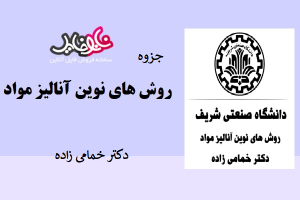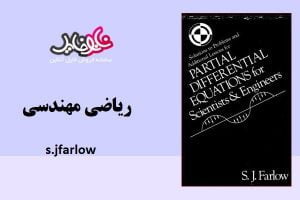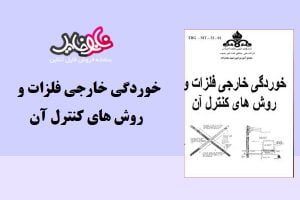دانلود مقاله مبدل های حرارتی
Plate heat exchangers
Hoval plate heat exchangers do not transmit humidity but still can use part of the latent heat of moist extract air. At low outside temperatures, when there is a high heat demand, the extract air is cooled down to such a degree that the saturation temperature is reached and condensation is formed. Thus the latent heat of evaporation is released. This reduces further cooling of the extract air, i.e. the temperature difference between the air streams in the plate heat exchanger is greater than when there is no condensation. Also the heat transfer is better; consequently the temperature efficiency is raised significantly. This can be seen clearly in the hx diagram. The cold air stream is heated more than the warm air is cooled. Nonetheless the enthalpy difference is the same, assuming equal water content. Condensation in the extract air reduces the free area of the airway and is responsible for an increase in pressure drop. Therefore it is important that the condensation can drain away. This depends mainly on the fitting position of the heat exchangers and on the form of the plates. Hoval plate heat exchangers offer advantages because of their special profiles. If condensation occurs the internal and external leakage of the exchanger is of particular importance. Even with a leakage rate of only a maximum of 0.1 % of the nominal air flowrate – as with the Hoval plate heat exchanger – up to 3 litres condensate an hour can leak out, even more in extreme cases. The absolute value depends on the size of the exchanger, the number of plates, the amount of condensate and the pressure difference
مشحصات فایل:
عنوان: مقاله مبدل های حرارتی
تعداد صفحات: ۳۶
زبان:انگلسی

